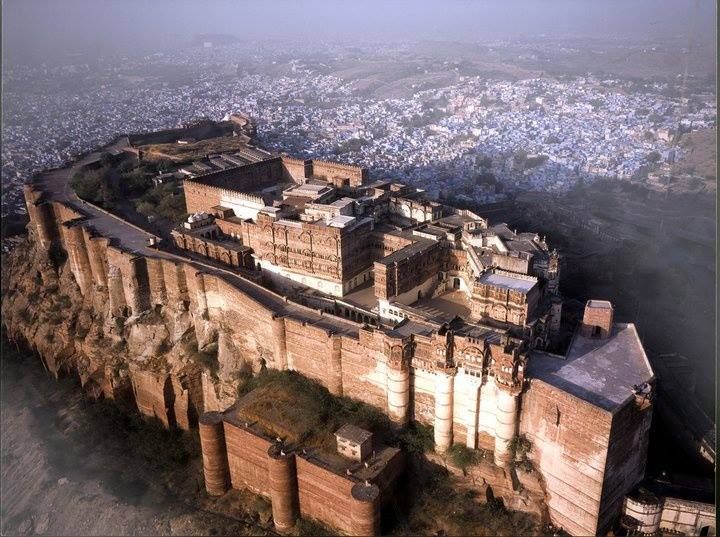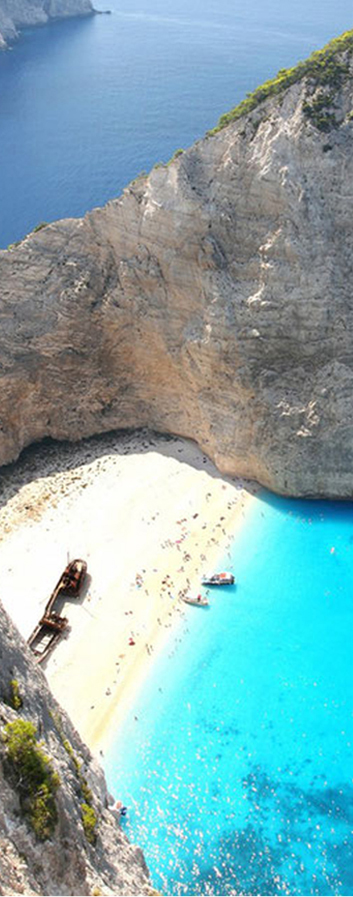Mehrangarh Fort
One of the largest forts of Rajasthan, Mehrangarh Fort was the seat of the Rathore rulers from the House of Marwar. Located at a height of 400 feet above the city of Jodhpur, the fort is named after the Sun deity, from whom the Rathores claim descent. The foundation of the fort was laid by Rao Jodha, a Rathore ruler on May 12, 1459. Though the Marwar royal family later shifted to much opulent palaces, the fort continued to be a reflection of Rathore glory and basis of the clan’s strength.
Almost every ruler of Marwar has left his mark and the fort is a magnificent fusion of different styles and influences. Its 125 feet high towering battlements, are made of solid stone and are at places six metres thick. Palaces inside the fort whisper tales of intrigues, riches and even patricide. The fort through its 554-year-history has been occupied only five times. The fort even offered sanctuary to Mughal emperor Humayun, who was fleeing to Persia after his defeat at the hands of Sher Shah Suri.
The fort now houses a museum which enlightens visitors about the golden age of the Rathores. It showcases collections of palanquins, furniture, cannons, paintings and folk musical instruments. The Daulat Khana, a gallery of the museum houses one of the finest collections of Mughal miniature paintings. The fort is also the venue for the Rajasthan International Folk Festival and World Sufi Spirit Festival. While RIFF is dedicated to promote and showcase folk music, Sufi festival promotes Sufi music.
The foundation of Mehrangarh Fort was laid on May 12, 1459 by Rao Jodha, the fifteenth Rathore ruler. Mandore used to be the capital; however, Rao Jodha felt it was not sufficient to provide safety and security and hence the capital was moved to Mehrangarh fort. The hill on which Mehrangarh stands was known as ‘Bhaurcheeria’. Rao Jodha had to displace the only human occupant of the hill, a hermit called Cheeria Nathji. Upset with the displacement, the hermit cursed Rao Jodha that the fort would suffer scarcity of water.
To circumvent the curse, Rao Jodha buried a man alive in the foundations. The man, Rajiya Bambi, was promised that the Rathores would take care of his family in return for his life. Rajiya’s descendants still live in Raj Bagh to this day. According to legends associated with the fort, four people including Rajiya Bambi’s son and a Brahmin named Mehran were buried alive so that the fort could be constructed. It is believed the fort is named after the Brahmin ‘Mehran’.



































